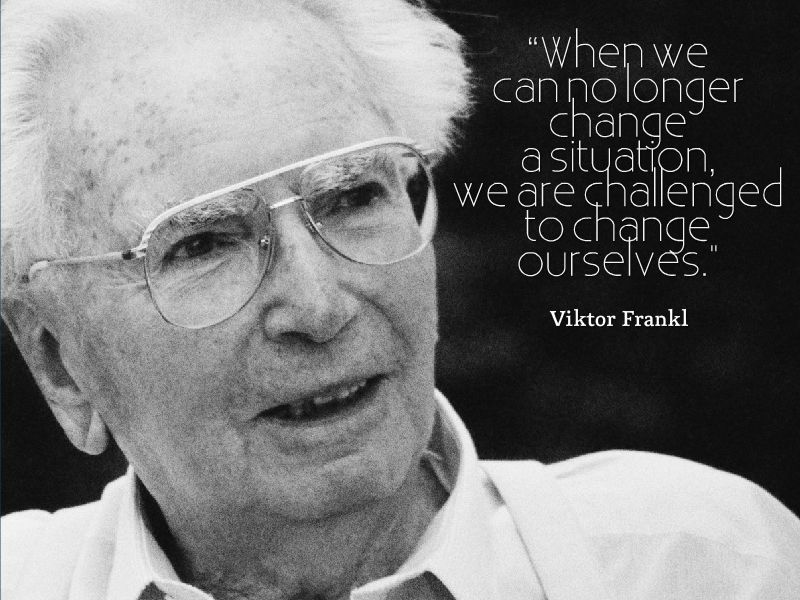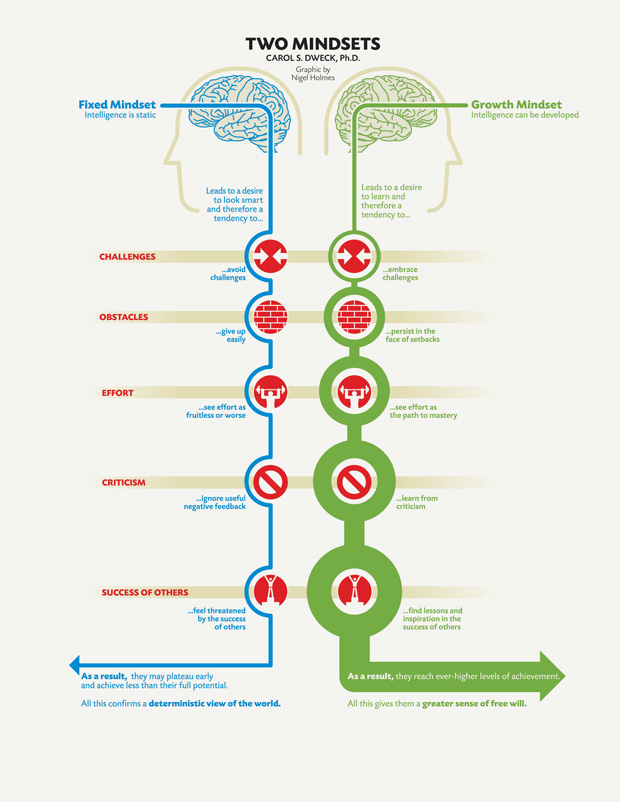
How it all began….
The story begins with a traumatic injury on a rugby field…
The TPZ story began on a rugby field in 2011. More specifically, it started with me lying on the field with a dislocated hip after a career-ending tackle. The brutal realisation that this was the end of my high-school dream of becoming a professional rugby player was soon overtaken by the feeling of dread that the doctors could not offer me any real guidance on whether I would recover full mobility again. It was during the painful six months of rehabilitation that I realised my two core passions – mental performance and biohacking.

Rehabilitation allowed me to watch the limitations of Fixed Mindsets in practice and the consequential ‘learned helplessness’
During rehabilitation I was surrounded by people who had no answers, regardless of whether they were doctors or patients. Nerves grow back extremely slowly at a rate of around 1mm per day (Tsao et al. 2022), and therefore it was both extremely frustrating and difficult to monitor progress. As Frankl (1951) notes “when we are no longer able to change a situation, we are challenged to change ourselves”. To break free of the learned helplessness that I was surrounded by, therefore, I threw myself into survivor literature and stoicism in the search for hope. A common theme of effective personal change through positive belief and purpose resonated through the texts whether it was Marcus Aurelius or Epictetus. In the context of the rehabilitation centre, the link between biological effect and belief as argued by Lipton (2005) provided a potential route to recovery. So often overlooked, the biological response to positive belief is best encapsulated by the placebo effect, which can be responsible for around a third of clinical successes in pharmaceutical trials (Lipton, 2005).

Having established the beneficial biological impact of a positive belief system, I now sought out two goals based on my previous sports training. Firstly, how to find ways to exercise and enhance this skill and secondly, how to measure its improvement. The pioneering work on Mindset by Dweck (2006) provided the foundations of my mental performance training as I focussed on developing a growth mindset. I experienced a virtuous cycle of mental performance namely: applying a stoic filter to cast aside fears of the future and instead focus on controlling what was controllable, adopting a positive approach to yield direct biological benefits, applying a growth mindset to overcome limiting beliefs, and to harness and direct the positive beliefs. My recovery in terms of mobility and sensation improved at rates that my doctors had never seen before. My ability to track progress allowed them to acknowledge results they could not understand given their fixed mindset/perspective of my injuries.

Why workforce mental performance should matter to companies
TPZ takes the tools compiled from first-hand experience and from working collaboratively with experts in the field and combines them with the latest wearable technology that is able to monitor individuals’ biological improvements.
Why do I believe this matters? Because even on the most conservative metrics a dollar spent on employee well-being generates a sizeable return on investment. Studies have shown that this return can range from $2.50 to $6 for every dollar that is spent (Berry, Mirabito & Baun, 2010). However, even those ROI calculations are probably too small as they are largely focused on direct healthcare savings, reduced absenteeism, and reduced headcount turnover.
There is a growing realisation that “passes to fitness clubs and nutrition information in the cafeteria are not enough”
Some estimates suggest that poor workplace well-being may cost up to 15% of global economic output annually (Global Wellness Institute, 2021). The pandemic sounded an alarm for businesses about the mental health concerns of their staff. McKinsey (2020) noted that 62% of employees globally considered mental health to be a top priority and only one in 6 felt that mental health resources were sufficient. All too often, well-being programs appeared to be focussed on pandering to employees’ learned helplessness rather than equipping them with the skills necessary to engage with and overcome challenges. There is a growing realisation that “passes to fitness clubs and nutrition information in the cafeteria are not enough” (Berry, Mirabito & Baun, 2010).
This is why TPZ’s use of the latest cutting-edge wearable technology will be a disruptor. It creates bespoke solutions for individuals allowing them to track their real improvement. This move from subjective surveys to real data tracking will allow employers to appreciate the actual value of our well-being program. Being able to monitor and track the real reduction in stress levels from the skills provided by my coaching will be a disruptor in the workplace wellness industry that is expected to grow to $66bn in 2022 (Global Wellness Institute, 2021).